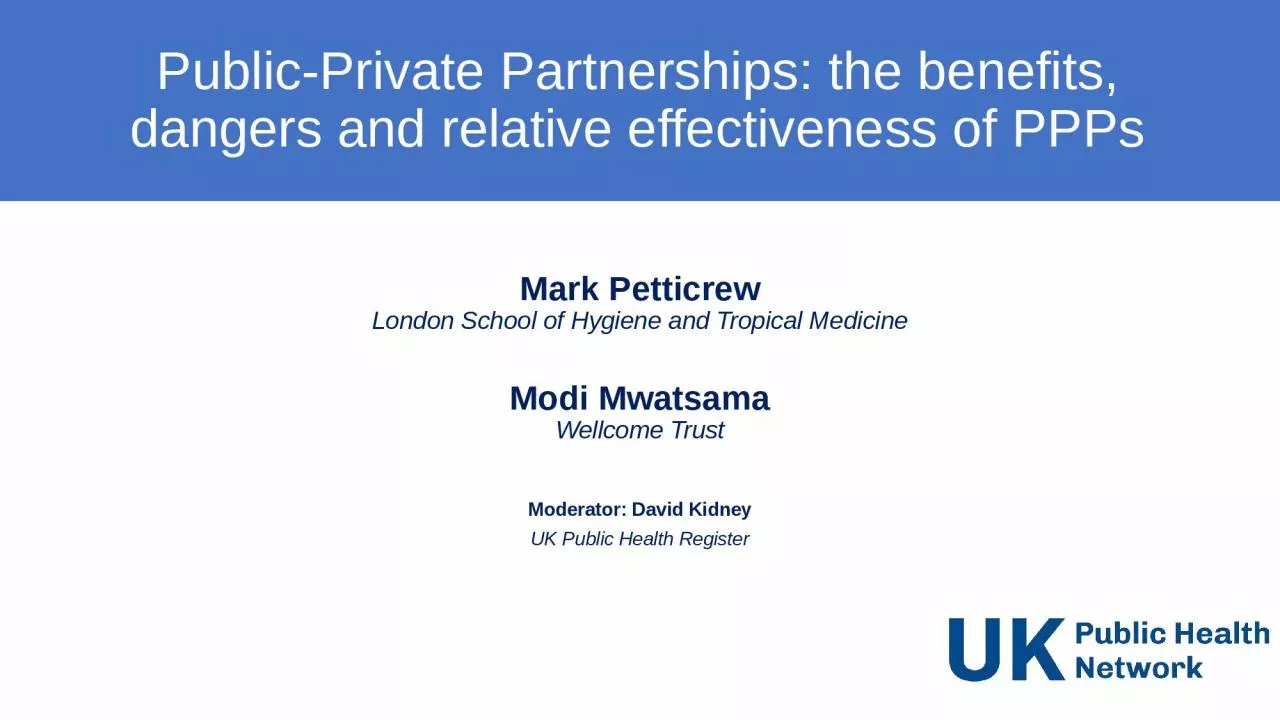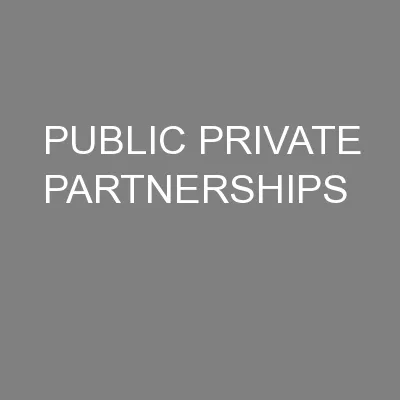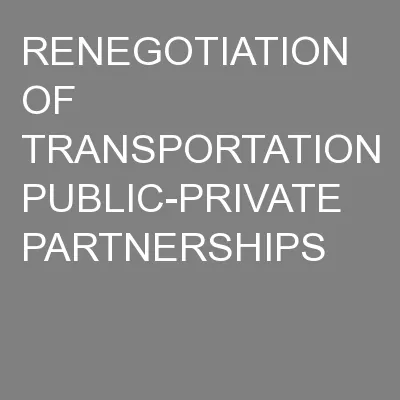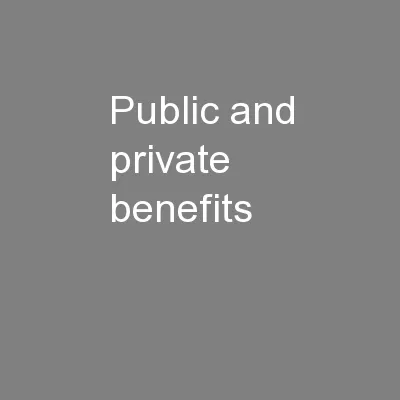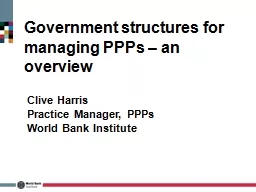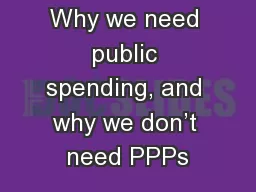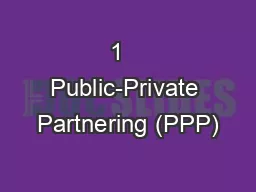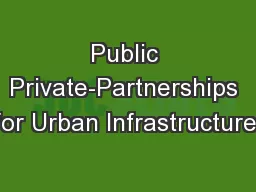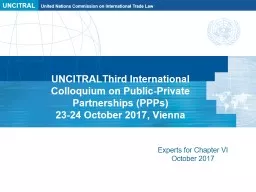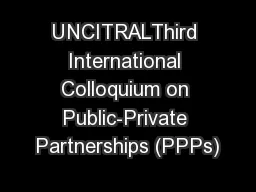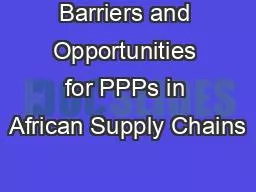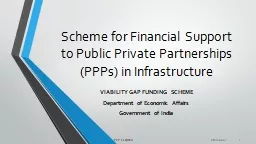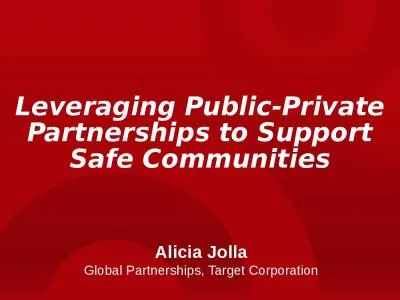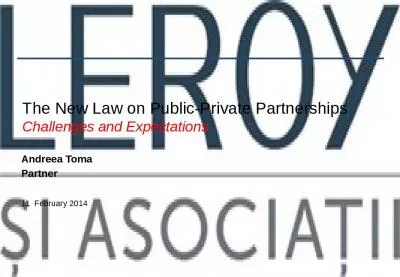PPT-Public-Private Partnerships: the benefits, dangers and relative effectiveness of PPPs
Author : TootsieWootsie | Published Date : 2022-07-27
Mark Petticrew London School of Hygiene and Tropical Medicine Modi Mwatsama Wellcome Trust Moderator David Kidney UK Public Health Register Ask a question by clicking
Presentation Embed Code
Download Presentation
Download Presentation The PPT/PDF document "Public-Private Partnerships: the benefit..." is the property of its rightful owner. Permission is granted to download and print the materials on this website for personal, non-commercial use only, and to display it on your personal computer provided you do not modify the materials and that you retain all copyright notices contained in the materials. By downloading content from our website, you accept the terms of this agreement.
Public-Private Partnerships: the benefits, dangers and relative effectiveness of PPPs: Transcript
Download Rules Of Document
"Public-Private Partnerships: the benefits, dangers and relative effectiveness of PPPs"The content belongs to its owner. You may download and print it for personal use, without modification, and keep all copyright notices. By downloading, you agree to these terms.
Related Documents

